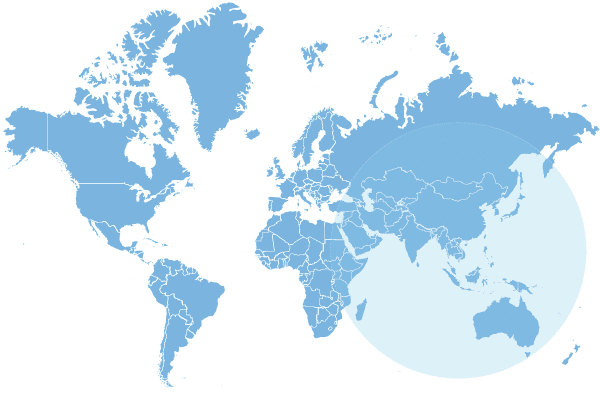Spanning a huge stretch of land across northwest Africa, the Atlas Mountains have proven to be some of the most popular with trekkers from all over the world. These peaks are magnificent to gaze across from afar – and, as it turns out, they’re rich in all kinds of useful minerals, too!
Regardless of your own sense of adventure, let’s take a look at some fascinating facts about the Atlas Mountains.
1. The Atlas Mountains are densely rich in all kinds of minerals.
The Atlas Mountains are highly rich in lead ore, mercury, silver, iron ore, marble, and natural gas. You’ll even find gold in these hills, too – not so much of a gold rush going on, mind!
It’s also said to be home to a rich level of zinc, phosphates, and manganese. Therefore, you can expect lots of mining operations in the region – it’s thought that there are over 200 different mineral species to be found across the wider district, too!
2. The air and climate out here is somewhat unique.
The air up in the Atlases is fairly unique. It’s a combination of mass between cold polar air from the north, and tropical, humid (and tremendously hot) air that drifts up from the southern side.
In fact, temperatures are fairly eyebrow-raising on their own. You can expect pretty warm summers up here, reaching around 30°C, with it getting extremely cold at the other end of the scale – it once dipped as low as -23.9°C in Morocco!
Compare that to the coldest temperatures we’ve experienced here in the UK – around -27.92°C – British travellers should be used to the chill!
3. More than a million people head to Morocco and the Atlas Mountains each year.
Morocco, where the Atlas Mountains look over, usually welcomes around one million tourists or more from the UK, and that’s post-pandemic lockdowns! In fact, this figure is said to be something of a record for the region.
That said, I unfortunately can’t confirm how many people out of this yearly million choose to traverse the Atlas Mountains themselves. However, we have a fairly burgeoning mountaineering community, so it’s likely it pulls in more than a few thousand people annually!
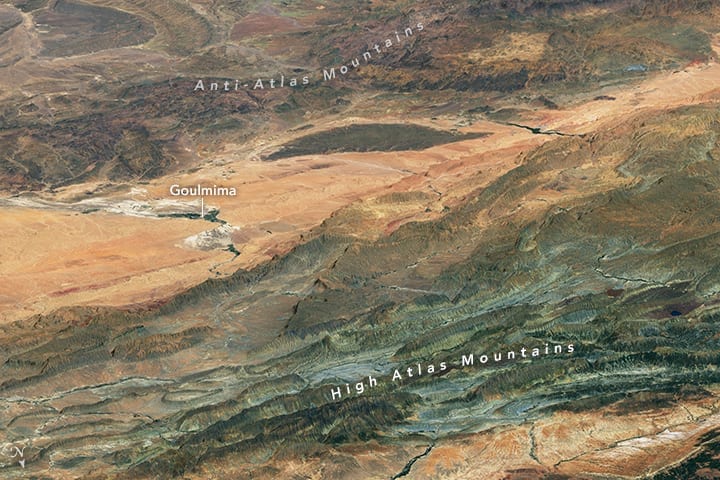
4. The Atlas Mountains are impressively tall.
The absolute tallest of all the Atlas Mountains is Toubkal. It’s around 13,671 feet tall (around 2.5 miles) and just outstretches Timzguida and Ras Ouanoukrim, both of which make up the collective Ouanoukrim mountain. All of these peaks can be found in Morocco!
Compared to the UK’s mountains, this is absolutely staggering. Our tallest peak is Ben Nevis in Scotland, which is around 4,411 feet tall – it’s around a third of the height of Toubkal! Therefore, if you’re used to scaling British peaks, consider them a series of starters for this staggering main course…
5. The area was replete with fascinating creatures.
The Atlas Mountains were once home to some fascinating but now sadly extinct beasts. These included the Barbary lion, the Atlas bear, and the North African elephant.
However, that’s not to say there aren’t any interesting creatures that still roam the mountains these days! Safari spotters will be able to see Barbary leopards, Barbary macaques, Cuvier’s gazelle, and Barbary sheep. It might not be the Serengeti, but it’s still a fascinating day out for animal lovers – just take care!
6. The range is a massive natural divider.
Weirdly enough, the Atlantic and Mediterranean coasts never quite meet the Sahara Desert purely thanks to the Atlas Mountains – it’s a huge natural divider!
This north African mountain range is predominantly found across Morocco, Tunisia, Libya, Mauritania, and Algeria. At around 1,600 miles or 2,500 km in length, it’s safe to say it’s a pretty majestic wall.
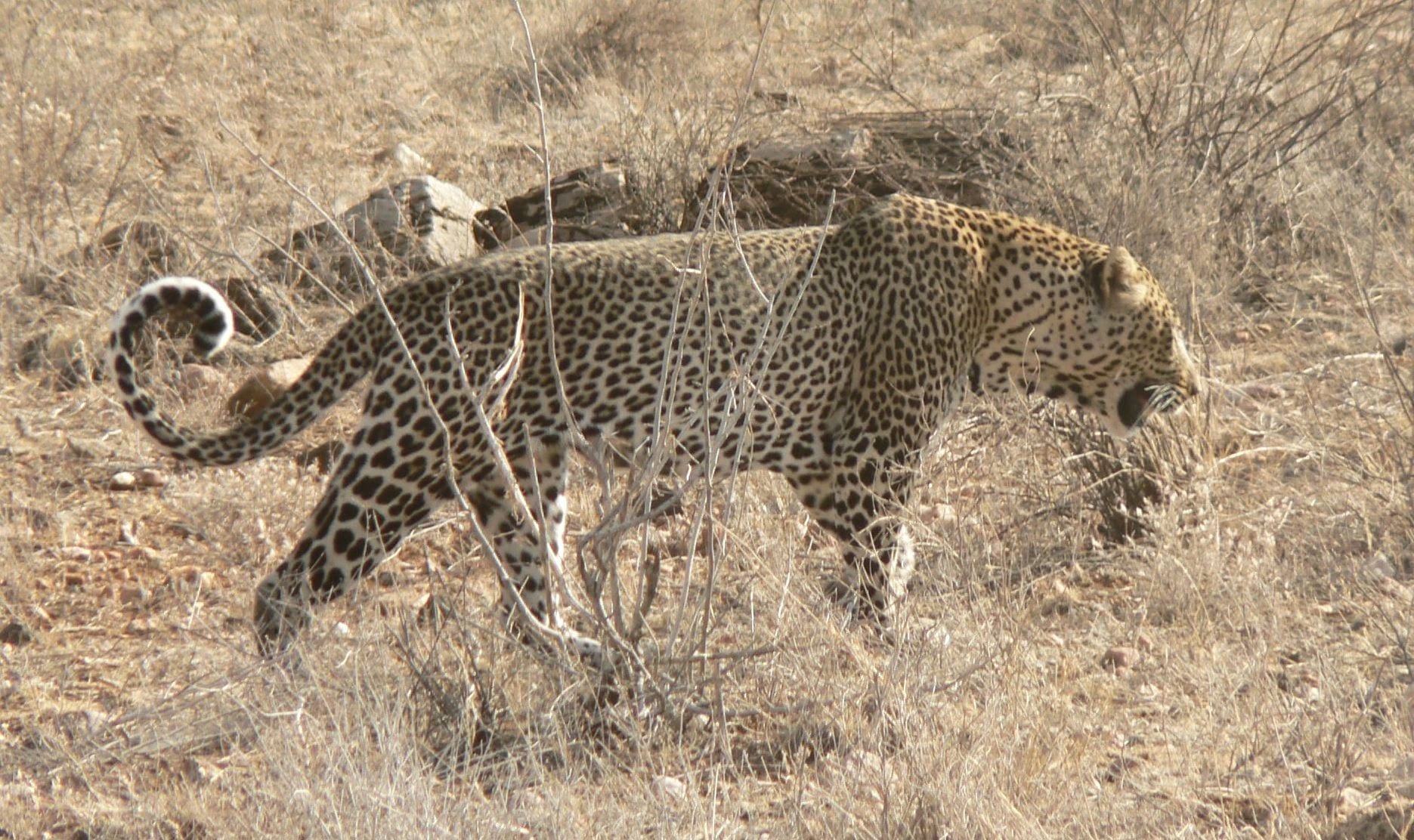
7. It’s hard to get signals out here.
The thickness of the Atlas Mountain spine can prove to be difficult to communicate through (as in, to submit signals via). Oddly enough, local people have come up with a few ways around this. Atlassian people have created their own communication system so they can keep in touch despite the huge morass!
That said, Morocco is developing its 5G coverage little by little, meaning that you could well get a strong enough signal to send selfies and streams back home from the Atlases in the years to come… just be prepared for a blind spot or twelve!
8. There are plenty of walking experiences that might seem familiar.
There are plenty of breath-taking trails and walks you can take across and around the Atlas Mountains, with Kasbah Aït Benhaddou being particularly interesting – it’s played a backdrop in various movies, including the smash hit Gladiator back in 2000!
Hikers also recommend tracks such as the Jebel Sirwa, the M’goun Circuit, and the Jebel Saghro Loop. Of course, many of these will require some mountaineering – so be sure to take plenty of kit with you and to climb in a group. Where possible, it’s also worthwhile taking a tour guide.
9. There’s lots of parkland out here.
The Atlas Mountains play host to lots of national parkland, too. In 1942, the hugely popular Toubkal National Park was first set up – it’s around 380 square km (146 square miles) large.
Visitors can also take in the fabulous Ifrane National Park, the Haut Atlas Oriental, and the Ourika Valley. Again, expect some hilliness out here, so be sure to pack plenty of useful kit.
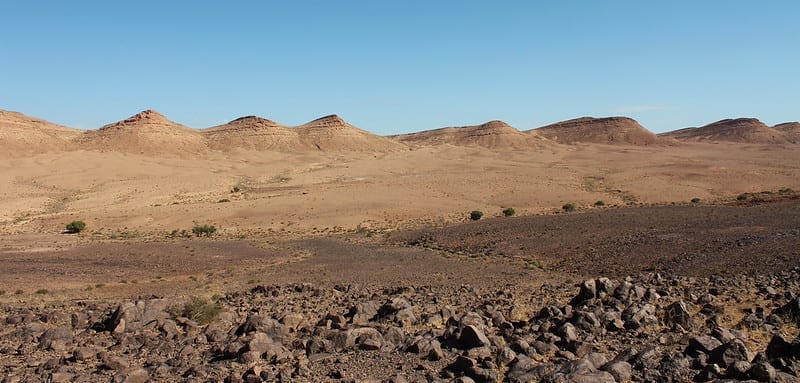
10. UNESCO has recognised parts of the Atlas Mountains.
As you might well expect, UNESCO has listed some of the Atlas region as part of its famous World Heritage list. Specifically, it’s recorded the Ksar of Ait-Ben-Haddou, which is actually a curious set of small buildings that you’ll find around the southern slopes in Ouarzazate.
This stunning architecture is said to date back to before the 1800s, with evidence of grain threshing, a mosque, and even a public square.
11. Morocco relies on the Atlas Mountains for much tourism value.
Morocco is already highly popular with tourists traveling from all over the world. However, much of its tourism comes from the Atlas Mountains – part of the country’s £4.4 billion tourism intake!
Thankfully, travelling to Morocco (and therefore the Atlas Mountains) from the UK is pretty easy. Your best bet is to travel from a major airport such as London Gatwick and to head for Marrakech Airport, then to travel by car to the mountain range.
Airlines such as British Airways, easyJet, and RyanAir all regularly operate flights to and from Marrakech, and you won’t always need to travel from London. Check out connections from other airports across Manchester and Edinburgh, for example.
Personally, I recommend you take a look at online resources such as SkyScanner (which tells you the latest flights to take off and land in Marrakech) and Rome2Rio (which helps to break down travel routes) before you head anywhere or book any tickets!
12. There is some UK travel advice regarding Morocco and the Atlas Mountains.
If you’re keen to visit the Atlas Mountains from the UK, there are a few bits of advice the UK government has to offer to make sure you’re safe and aware of what to expect.
At the time of writing, there are no specific warnings or blockades in place for UK visitors who wish to visit Morocco and beyond. However, there is a risk of terrorism in the region, and there is a risk of violent crime and political unrest. It is always wise to travel with others and to take exceptional care of your belongings, too.
Entering Morocco, you’ll need to make sure that you have a full passport that expires at least three months after your arrival. You’ll also need to get a visa for up to 90 days if you intend to visit on holiday. Do also remember to get a polio vaccination if you’re arriving from somewhere that the disease has affected.

13. There’s probably more to the Atlas Mountains than many people realise.
While we’ve been referring to the Atlas Mountains as a range, it’s technically four different ranges compacted into one. The Middle, High and Anti-Atlas range is found out in Morocco, while the Aurès and Tell Atlas ranges are shared between Tunisia and Algeria. Algeria does have an Atlas range all of its own, however – the Saharan Atlas peaks.
14. You’ll need to exchange money if you want to visit the Atlas Mountains and the surrounding region.
While you’re unlikely to spend any money traversing the Atlas Mountains themselves, you’ll likely need to have some currency on hand if you want to explore nearby Morocco. To that end, you’ll need to exchange British Pounds for Moroccan Dirham. While we have pence, Morocco has santim.
At the time of writing, the Pound is stronger than the Dirham, with £1 worth around 12 MAD. This rate has fluctuated occasionally, though you can typically expect to receive 10 MAD for every £1.
That said, it’s always wise to check the latest rates with your chosen financial exchange, whether it’s your bank or a foreign exchange handler with a strong reputation. All kinds of factors can affect the exchange rate, so always be sure to check what you’ll get for your money ahead of time.
15. There’s a British Embassy you can call on if you need help.
There’s no embassy services in the Atlas Mountains themselves, but in Morocco, you’ll find that there’s a British contingency in Rabat. It’s here where you can get advice as a British citizen visiting or living in Morocco or close by.
If, for example, you need help with emergency travel documents on your way back from visiting the Atlas Mountains, the embassy can help. There are various online services you can count on if you need support from afar, or if you’re unable to book an appointment in person.
Otherwise, if you wish to attend the embassy in person, you’ll need to use the official Rabat embassy contact form.
The full address for the British embassy in Morocco is British Embassy Rabat, 28 Avenue S.A.R., Sidi Mohammed, Souissi 10105 (BP 45), Rabat, Morocco.
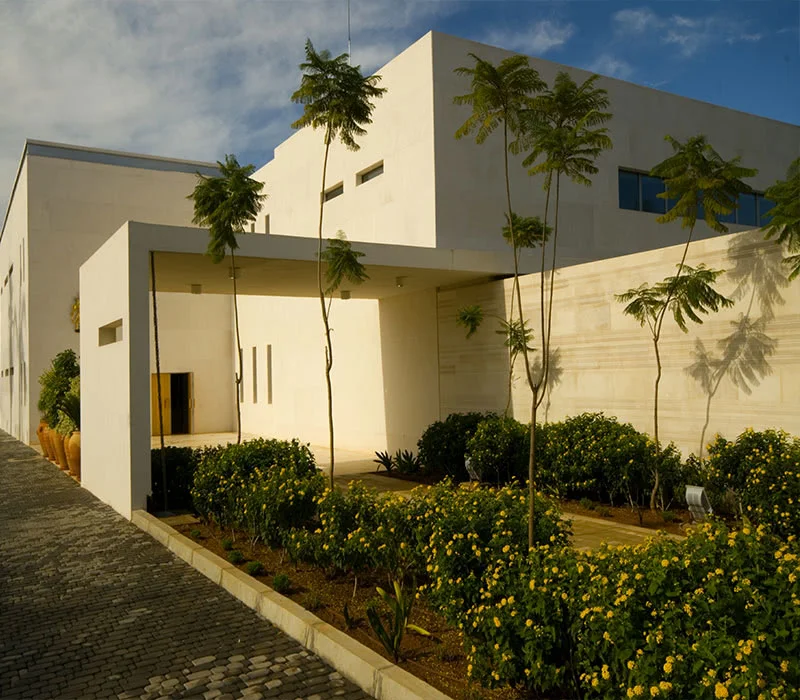
16. You might even get to see snow up here.
When you think of Morocco and northern Africa in general, one of the last things you probably associate with the area is snowfall! However, up at the highest points in the Atlas Mountains, you may well see snowcapped peaks. After all, as mentioned, the temperatures up here can drop really low!
In fact, the highest peaks are ideal for skiing, if you’re an adventurous type who’s adept at winter sports. If you just want to trek the snowy landscape, always make sure you have reliable kit and footwear with you so you don’t accidentally slip!
17. The mountains formed millions of years ago.
The way in which mountains and valleys are formed is fascinating in and of itself – however, there’s a fascinating story behind the birth of the Atlas Mountains that’s millions of years old!
It’s thought that plate tectonic shifts began as much as 65 million years ago, when African and Eurasian plates collided – which resulted in a colossal fold, allowing the Atlas Mountains to rise up.
In the millennia since, the Atlas Mountains have been weathered by intense heat and cold, and all manner of waterways have formed around it – resulting in deep creeks and valleys, and the rise of some incredible flora and fauna.
18. There’s a good reason behind the name Atlas Mountains.
No, they’re not named after a big book full of countries – they’re named after the Greek god Atlas, who you may know depicted literally with the world on his shoulders.
Atlas was one of the strongest gods in Greek mythology, and would eventually earn the ire of Zeus – who would punish Atlas by forcing him to hold up the sky until the end of time. Therefore, the mountains are named after the god’s incredible strength – some might even say that the Atlas Mountains themselves are holding up the sky!
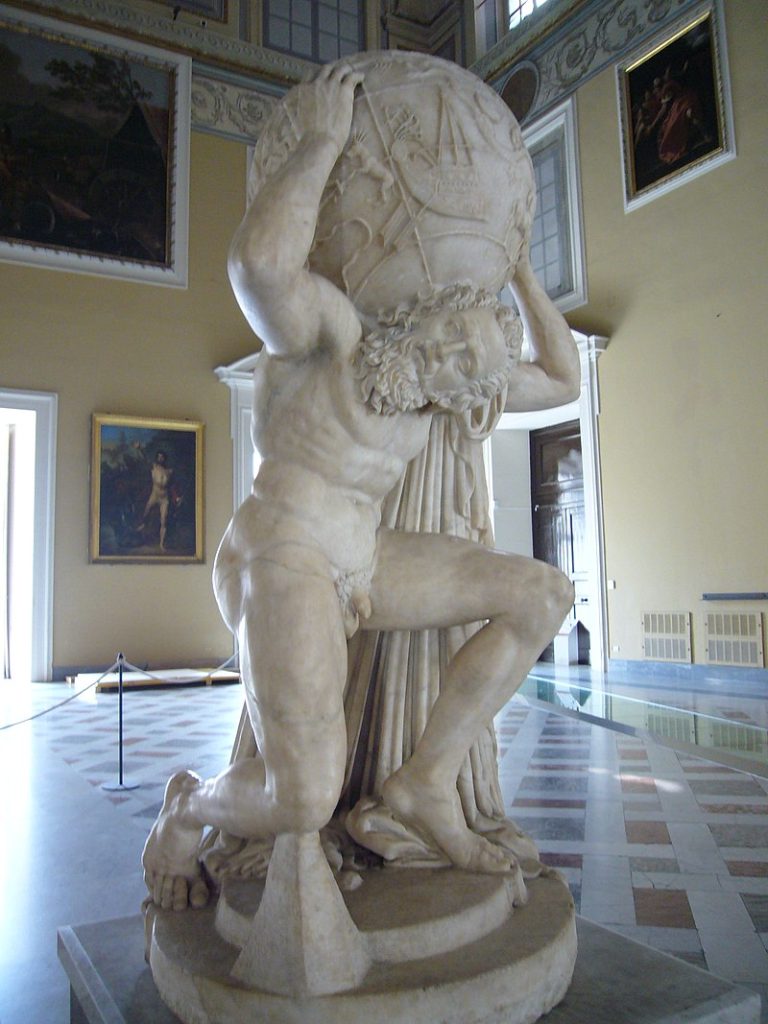
19. There are some magnificent sights in the Atlas Mountains.
Many people will look at the Atlas Mountains in wonder purely for their majesty – they’re impressively tall and stretch an incredible distance, but there are further sites of interest dotted along the way that might just fascinate you.
For example, you may want to check out the majestic Ouzoud waterfalls, which are the tallest of their kind across Northern Africa. Beyond that, there’s the diving cliffs at the Todra and Dades Gorges, and you may even want to take a trek through the cedar forests.
All in all, the Atlas Mountains, their parkland, and various cultural spots along the way, make for a truly varied holiday – just check out some of the best photos and videos on social media for inspiration!
20. It’s probably best to visit the Atlas Mountains in spring or autumn.
The best time of year to holiday in the Atlas Mountains will depend on what you’re looking for in a break away! Generally, people recommend heading here between March and May for the mildest weather and climate, great if you want to go hiking.
However, if you want to hike up high and avoid some of the sweltering conditions at lower levels, you’ll do best to come here in the summer.
And, in the winter, you’ll get the best snowy coverage for all kinds of sports up high. Just remember that if you’re not climbing to the summits, you’re likely to bear the brunt of a pretty wet (but mild) holiday.
Think carefully about what you really want from a holiday in the Atlas Mountains and pick a date where it’s likely to be dry, warm, or even cold enough for you to do whatever you want!
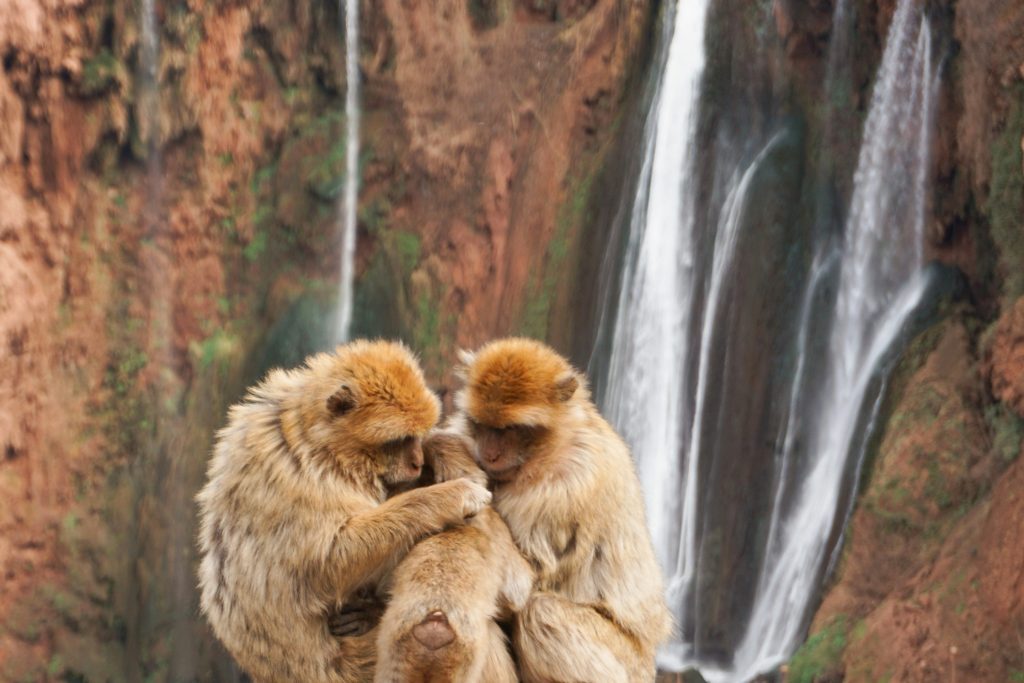
FAQs About the Atlas Mountains
What is so special about the Atlas Mountains?
The Atlas Mountains are well-loved for their incredible, varied landscapes – from snow-topped peaks to lush forestry and incredible hiking trails, any holiday spent out here is ideal for the adventurous type.
Do people live in the Atlas Mountains?
Yes - the Berber tribes live in the Atlas ranges, and have done so for centuries - they’ve developed their own languages and communications systems along the way. Some of the most commonly spoken languages in the Berber community include Tarifit, Shawiya, and Kabyle. It’s thought that there are around 26 different languages spoken in the community!
Are the Atlas Mountains cold?
Typically, the Atlas peaks get as cold as you’d expect from most mountain ranges, though as they are close to the equator, they’re not as chilly as some peaks you’ll find out in North America and Europe. Typically, temperatures might fall to as low as 10°C in the daytime. Temperatures here are sometimes comparable with the highs and lows you might expect in the UK, despite the closeness to the equator!
Further reading:
https://www.audleytravel.com/morocco/places-to-go/the-atlas-mountains
https://www.lonelyplanet.com/morocco/high-atlas-mountains
Do you know any fun facts about the Atlas Mountains? Share them in the comments below!





